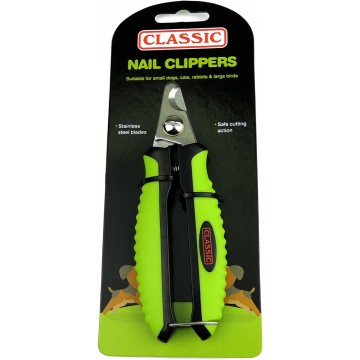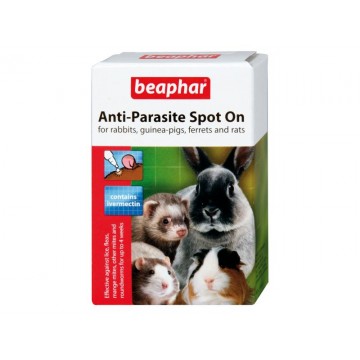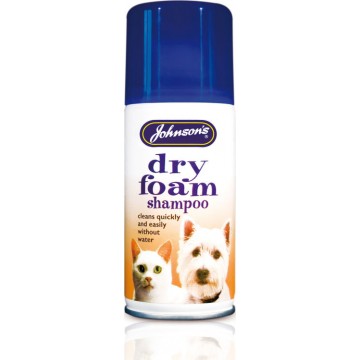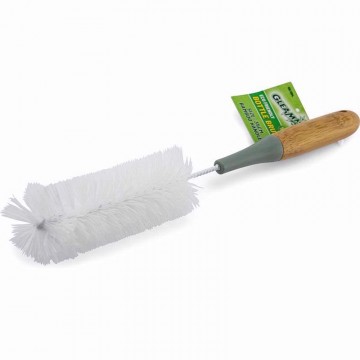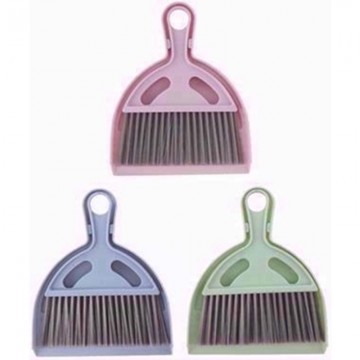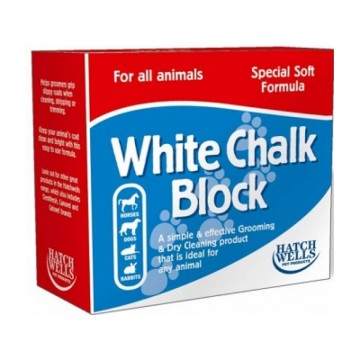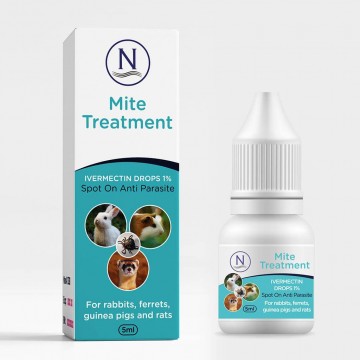- Out-of-Stock
- Home
- Feed, Hay & Bedding addremove
- Toys, treats & fun addremove
- Accessories addremove
- Hutches & Cages addremove
- Runs & Bombabouts addremove
- Health & hygiene addremove
- About Us
- Contact
SPOT ON ANTI PARASITE SMALL ANIMALS X8 PIPETTE
SPOT ON ANTI PARASITE SMALL ANIMALS X8 PIPETTE
Reference:
- Write a review
Spot on anti parasite ivermectin 0.03% x8 pipettes
may also be used to prevent reinfection or prevent/reduce the chance of introducing mites/lice into your pets.

Delivery rates and Info. Shipping estimator at basket.
Spot On Anti Parasite Ivermectin
Spot on anti parasite ivermectin 0.03% x8 pipette are only for use on Rabbits, Guinea Pigs, Ferrets, and Rats over 300g in body weight.
For treatment of fur and mange mites, and lice.
Spot on anti parasite ivermectin 0.03% x8 pipettes may also be used to prevent reinfection or prevent/reduce the chance of introducing mites/lice into your pets.
We advise you treat any new rabbits or guinea pigs etc before you introduce into your stud/pets. Additionally, if or when your pet is in close contact with other Rabbits/Guinea Pigs, Ferrets, or Rats from outside your stud/pets.
Contents: Vet strength Ivermectin 0.5ml (150ug per pipette).
A Guide For The Use Of – Spot On Anti Parasite Ivermectin
| Species | Bodyweight | Dosage |
| Rats | Over 300g | 1 Pipette |
| Guinea Pigs | Up to 750g | 1 Pipette |
| Guinea Pigs | Over 750g | 2 Pipettes |
| Rabbits | Per 750g | 1 Pipette |
| Ferrets | Up to 750g | 1 Pipette |
| Ferrets | 750g – 1500g | 2 Pipettes |
| Ferrets | Over 1500g | 3 Pipettes |
The treatment is for topical use only, it can be repeated after four weeks of the first day of application.
How To Apply Spot On Anti Parasite Ivermectin:
Snap off the pipette’s top and squeeze the contents on to the back of the animal’s neck, covering as much skin as possible.
Ivermectin Mite Treatment spot-on anti parasite – small animals is a topical fast acting solution for the control and treatment of fur, ear & mange mites, and lice.
Use this medicine to treat Rabbits, Guinea Pigs, Ferrets, Rats & Chinchillas.
Do not use in animals other than those indicated. Ivermectin 1% Mite Treatment spot-on anti parasite – small animals may also be used to prevent reinfection or prevent/reduce the chance of introducing parasites into your stud/ pets. We advise you treat any new animals before you introduce into your colony. Additionally, if or when your pet is in close contact with other animals from outside your stud/pets.
If you have any questions or concerns about using this medication, please contact us, or consult your local veterinarian.
Contra-indications:
Do not allow the animal to swallow this product, do not give to other animals in the home, unless the other animal is indicated for use on.
Store:
No greater than 25°C
Shelf Life:
Use within 3 months of opening, dispose of empty packaging and any remaining products in household refuse.
Warning – Ivermectin Mite Treatment
If signs of disease persist beyond 7 days, or reappear, then advice must be sought from a veterinary professional. Do not use in animals other than those indicated. Serious reactions, including deaths have been reported in dogs (especially Collies, Old English Sheepdogs and related breeds), tortoises and turtles treated with products containing the active substance.
Keep out of sight and reach of children.
Manufactured in Kent by UK pharmaceutical company - in government approved facility.
Legal Disclaimer – Ivermectin Mite Treatment
This veterinary medicine is marketed in accordance with Schedule 6 of the Veterinary Medicines Regulations – Exemptions for small pet animals.
More information on mites and lice
Where do mites come from?
Some common ways that mites can enter a pet’s living space include:
- Mites can easily transfer from one animal to another through close contact and shared living spaces.
- Mites can be present in soil, bedding, and other materials, and can be introduced to a pet’s living space through these materials.
- Mites can be carried on clothing, shoes, or other items, and can be transferred to pets through human contact.
- Pet stores or breeders may unknowingly sell pets that have mites or may also have been exposed to mites.
How can I help to prevent mite infestations
Preventing mites from infesting your pets can be achieved by following these tips:
- Regularly clean your pet’s cage or living space and replace bedding or litter frequently. Mites can thrive in dirty and cluttered environments, so keeping your pet’s space clean can help to prevent an infestation.
- Preventative treatments will help to prevent mites from infesting your pets.
- If you are introducing a new pet into your household, it is important to quarantine them for a period before introducing them to your other pets. This will help to prevent the spread of any potential mites or other parasites.
- Regular grooming, including brushing, can help to remove mites and their eggs from your pet’s fur or feathers.
How can I tell if my pet has mites
Some common signs to look for include:
- One of the most common signs of a mite infestation is excessive itching or scratching. This may be especially noticeable around the ears, face, neck, tail,.
- Mites can cause redness, irritation, or inflammation on the skin or in the ears. In severe cases, these symptoms may lead to hair loss, scabs, or crusty lesions.
- Some mite infestations can cause dry, flaky skin or dandruff.
- Mite infestations can be uncomfortable or painful for your pet, leading to changes in behavior, such as restlessness, lethargy, or aggression.
- In some cases, you may be able to see the mites themselves, especially if they are present in large numbers. However, some mites are too small to see with the naked eye.
What should I do if my pet has mites
The treatment for mites will depend on the type of mite and the severity of the infestation. Some general treatment options include:
- Many mite infestations can be treated with a topical medication, such as a spot-on treatment, these medications are applied directly to the skin or fur and work to kill the mites and their eggs.
- In some cases, oral medications may be prescribed to treat mite infestations. These medications work to kill the mites from the inside out and are also typically used for more severe infestations.
- To prevent re-infestation, it is important to treat the environment where your pet lives. This may include cleaning bedding and litter, vacuuming carpets and upholstery.
If symptoms persist, seek advice from a veterinary professional.
Your comment is submitted
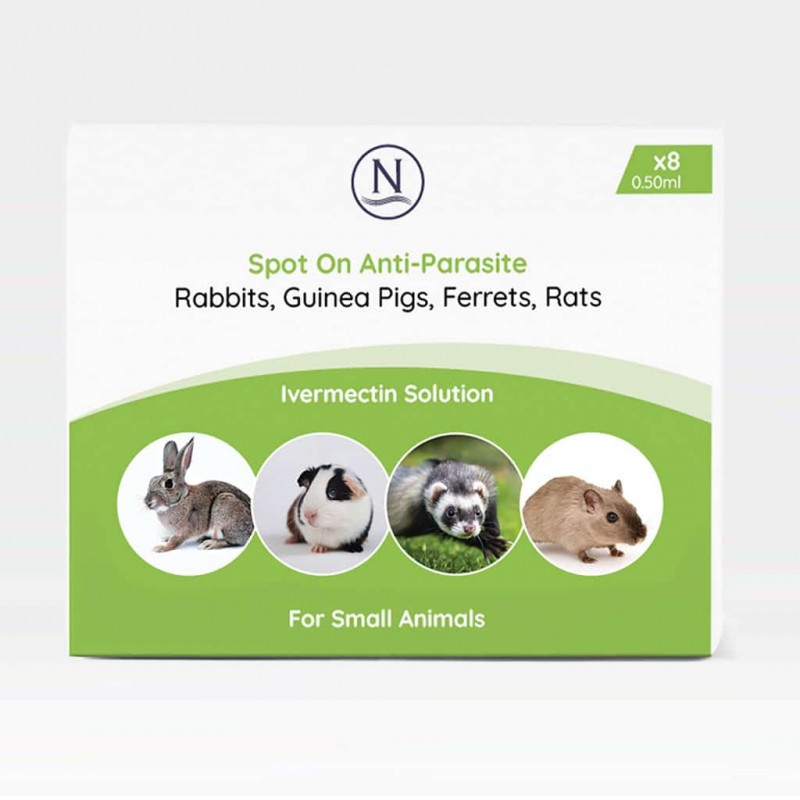
Spot on anti parasite ivermectin 0.03% x8 pipettes
may also be used to prevent reinfection or prevent/reduce the chance of introducing mites/lice into your pets.
16 other products in the same category:
Pet Claw Nail Clipper
Double Sided Brush wooden Brush
- small ideal for rabbits
Beaphar Anti-Parasite Spot On -for rabbits
Coarse Pet Grooming Comb in Green
Dry Foam Shampoo For small animals.
Boxing Hare Ladies Scarves- large
House of Tweed.
Large Window Fly Screen Mesh Insects Door Netting White
stop those Bugs & Mosquito getting into your bunnies hutch.
Size:130x150cm
Grooming bag
Add your name or stud name- please email me
Germ Removal* 10 Travel Pack Petwipes (100ct)
100 wipes wrapped in packs of 10's
Mini Dust pan & Brush
so handy
Ivermectin 1% Mite Treatment- 5ml
50 Drops per bottle.
Vet Strength Product – Fast Proven & Safe Treatment.






